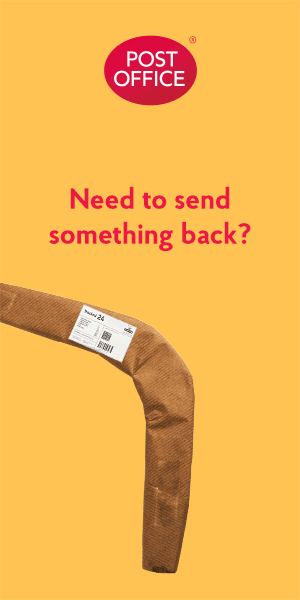Solid wood is a term often misused in the vernacular of modern furniture and interior design. Plywoods, particle board, OSB, MDF and engineered products all are made of wood products. When you are involved in a building or remodeling project, you will be using these in many ways.
At what point does a product go from solid wood to not? Solid wood is composed of wood with no particle board or fiber products. By definition, then, engineered products used in door manufacturing are solid wood. Yet, also by definition, they are not.
In many cases, they are better than actual solid wood. Doors are one area where you will find that engineered products provide a more suitable material than natural wood.
Benefits
Dimensional lumber, though widely used, can exhibit varying expansion and contraction rates depending on the wood species and the milling and drying processes involved. To achieve a more predictable and dimensionally stable product, builders and manufacturers often turn to Laminated Veneer Lumber (LVL) with solid edging and veneer facing. LVL Timber provides exceptional stability and reliability, making it an ideal choice for applications where dimensional stability is crucial, such as door manufacturing.
Doors need to withstand various environmental conditions and potential stress, emphasizing the significance of using a dependable and stable material like LVL Timber. Builders and manufacturers seeking top-quality LVL Timber and other timber supplies can seek the help of a reputable timber yard (like the one offering timber supplies sydney). They can offer an extensive range of timber supplies, ensuring that construction projects can be executed with confidence and efficiency.
Interior doors are exposed to high levels of moisture change in a variety of environments. Bathrooms, kitchens, and mechanical spaces have high moisture versus low moisture exposures. Doors such as frp doors, are often subject to the same moisture variants and have the additional torture of high variances in temperature.
Engineered products have a higher degree of environmental stability in these climate challenged environments. They also have a high degree of affordability due to their use of recycled material and the frugal use of the laminated, high cost veneer. Engineered products keep money in your pocket, allowing you to invest elsewhere.
What makes it work
The product we are discussing, in particular, is a finger jointed substrate glued into blanks to have edging glued on, then faced with veneer. The finger jointed substrate is typically made from cut offs and waste, making this quite environmentally friendly. The blocks are typically fairly consistent in size at approximately 1″ x 4″ x the end thickness of the doors (either 1 or 2 ).
The blocks are finger jointed end to end to make a length of blanks. The sticks of blanks are surfaced and face glued to the proper dimension, the edges applied, surfaced again, then veneered with up to ⅛” solid wood veneer. The variety and organization of the differing blocks, the glue lines, and the construction provide an inconsistency of grain direction and small-scale expansion and contraction leading to primary stability.
How it goes together
Typical door construction consists of engineered stiles and rails held together by specialized joinery. Panels are made of face laminated solid wood planking. In lower cost doors, the panels are often fiberboard with solid wood edges to carry profiles and veneer faces. High end doors are more inclined to have completely solid wood panels.
Engineered products allow for design and flexibility, and allow for easier use with other materials, such as glass or metal. Also, manufacturer engineered products give significant benefits due to the dimensional consistency. Set ups are more consistent and easier and waste is low as parts are manufactured to best use sizes.


